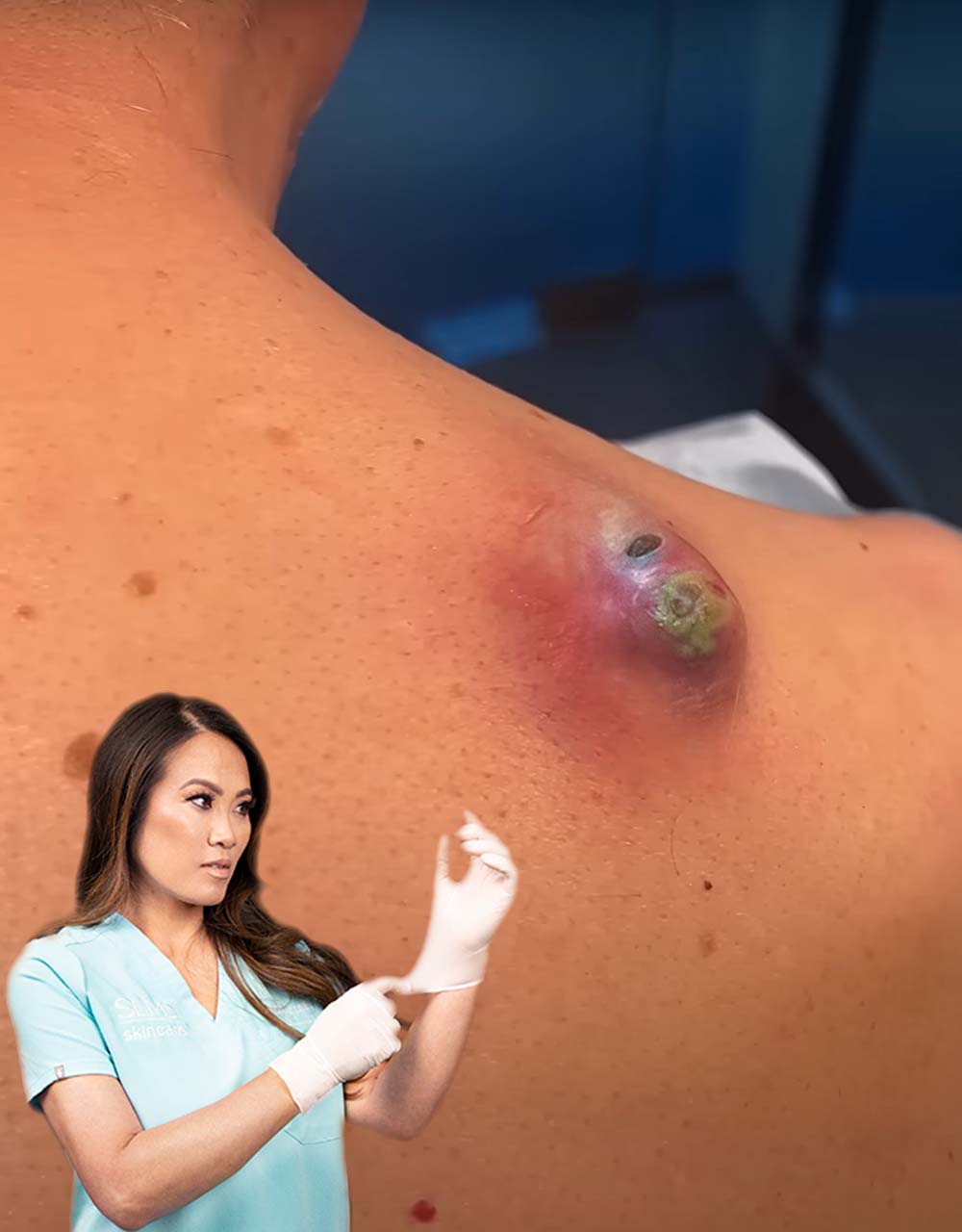Writing professional emails is a key skill in today’s communication-driven world. Whether you’re reaching out to a professor, applying for a job, or connecting with a client, a well-written email creates a strong first impression and ensures your message is clear and respectful.
Start with a clear subject line. It should be short, specific, and reflect the purpose of the email—for example, “Meeting Request for Friday” or “Question About Assignment Submission.” A good subject line helps the recipient know what to expect and increases the chance your email will be read promptly.
Use a professional greeting. If you know the recipient’s name, use “Dear [Name]” or “Hello [Name].” Avoid casual openers like “Hey” unless you have an established informal relationship.
Keep your message concise and organized. Begin with a brief introduction if necessary, then get to the point. Use short paragraphs and bullet points if you’re including several pieces of information. Make sure your tone is polite and respectful, even when addressing a complaint or disagreement.
Always check grammar, spelling, and punctuation. Typos can make your message look careless. Use tools like Grammarly or spell-check features to help catch errors.
Close with a professional sign-off. Phrases like “Best regards,” “Sincerely,” or “Thank you” work well. Include your full name and, if applicable, your position or contact information.

Finally, before hitting send, read your email aloud. This helps catch awkward phrasing and ensures your tone is appropriate.
Professional emails show that you’re thoughtful, respectful, and competent. With a little attention to structure and tone, you can write messages that get noticed—and get results.



